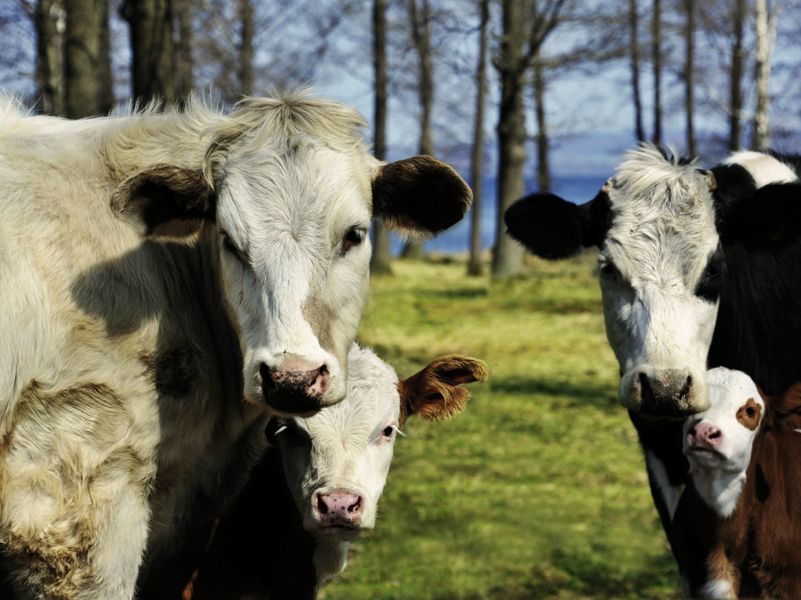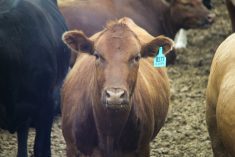Now that the cattle business seems to be on the upswing, cow-calf producers should consider investments to boost their bottom line, says an Alberta Agriculture and Rural Development farm financial specialist.
“Improving working capital, and investing in productive assets, herd health, and yourself can all bring excellent returns,” said Rick Dehod.
“Herd health is an important part of the ongoing operations. Sometimes, when funds were tight, a vaccination protocol may not have been followed as this expense was perhaps thought of as not critical. Not following a herd health protocol often leads to poor financial performance due to disease and lack of creature comfort. This just compounds cash flow problems and, ultimately, the viability of the operation.”
Read Also

Farming Smarter receives financial boost from Alberta government for potato research
Farming Smarter near Lethbridge got a boost to its research equipment, thanks to the Alberta government’s increase in funding for research associations.
Improvements to working capital should also be considered, he said.
This includes bringing accounts payable current or to within 15 to 30 days, paying down small loans, and bringing any operating loan down to within its margin limit.
An acceptable current ratio — current assets divided by current liabilities — should be greater than two, he said.
Dehold also advises putting some money away for lean periods and doing month-by-month cash flow projections.
- From the Canadian Cattlemen website: Benefiting from good times
“By doing a cash flow projection, you can plot out your sales and your feed requirements. You can see the months when your margins are positive and (you) will have funds to invest or reduce your financial commitments. By comparing your projections to actual, you can make those adjustments to continue to manage a positive margin.”
Talking to your lender and preparing a year-end net worth statement and a projection of project income and expenses for 2014 is also a smart move, he said.
“A lender wants to know the financial health of the farm business. They will look at a few key ratios to see if an operation is in good financial shape and whether it can afford more debt and ultimately more risk.”
Investing in productive assets is another strategy Dehod recommends. Among the items to consider are:
- Whether investment in depreciating assets, such as pickups and new equipment, is the best use of capital.
- Lowering the age of your cow herd by retaining some heifers and culling some older less productive cows.
- Locking in positive margins through the Cattle Price Insurance Program.
“Choosing an insured price provides a ‘floor’ price that acts as protection against the market being lower than the insured price for the month that the insurance is purchased for,” he said. “If the market goes above the insured price, producers can still take advantage of the upside and sell calves for that higher price.”
Last, but not least, Dehod recommends investing in yourself.
“Strong business management skills will enhance your decision-making skills, and help give you the competitive edge,” he said. “You are a professional and all professionals embrace lifelong learning to stay at the top of their game.”















